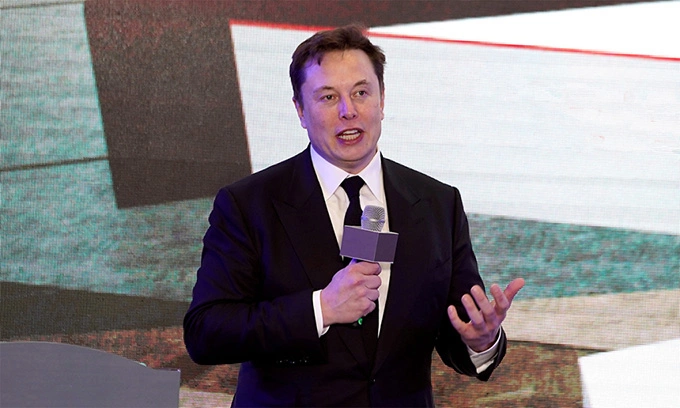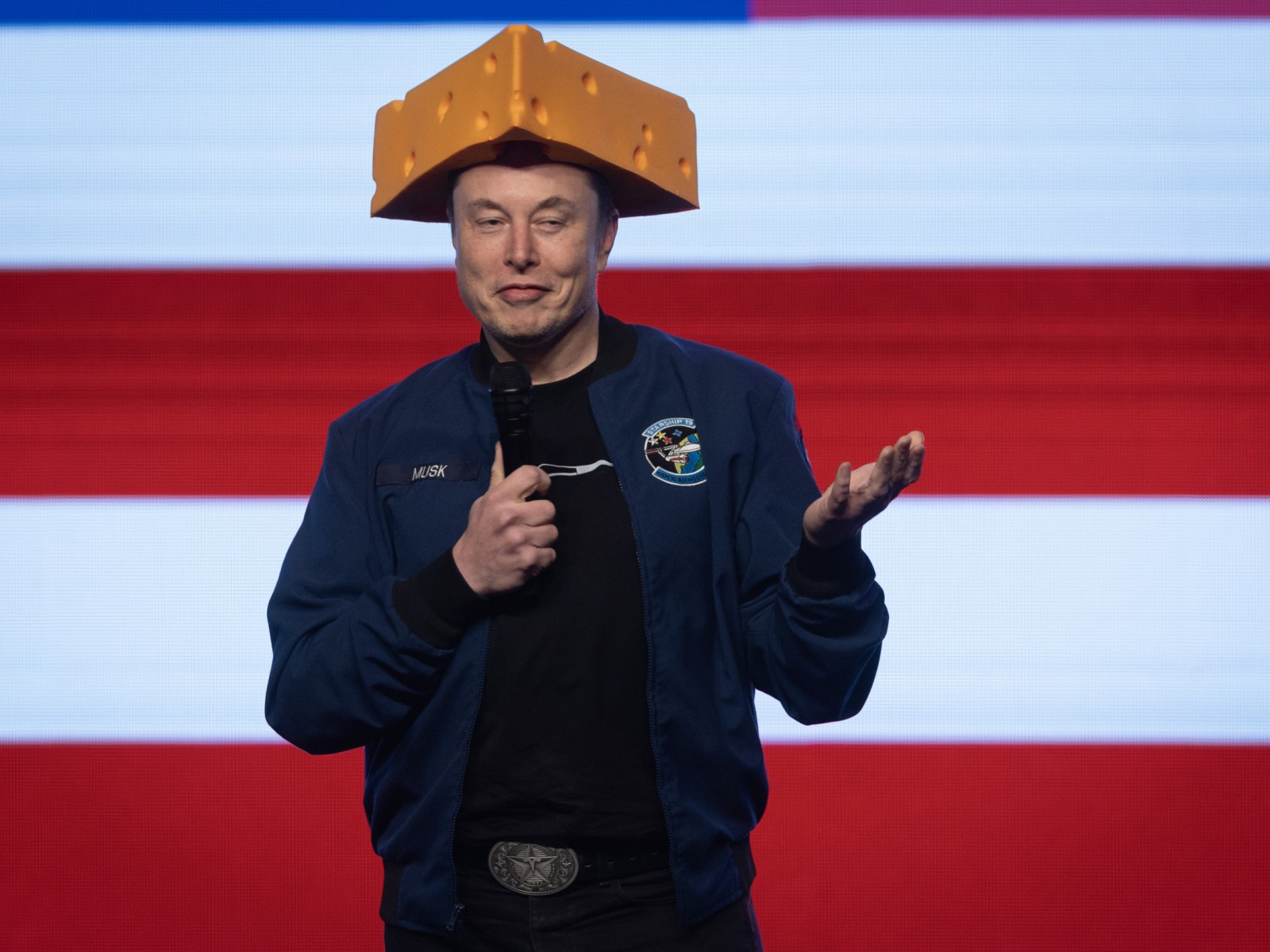The Economic and Political Dangers of Trump’s Policies: A Closer Look at Tariffs and Government Cuts
As the 2024 presidential election comes into focus, former President Donald Trump’s policies continue to stir controversy. While his administration’s economic and political moves have always attracted attention, there are two major issues that remain largely unaddressed in the media: his tariff policies and his plans regarding the federal government’s structure. These issues are not only economically questionable but also raise serious concerns about the long-term implications for both the American people and the global economy.

The Flawed Logic of Trump’s Tariffs
One of the most contentious elements of Trump’s economic agenda has been his tariff plan. The former president has imposed a range of tariffs, notably on close trading partners like Mexico and Canada, as well as other countries around the world. His tariffs, typically set at 25% on imports, were presented as a way to boost American manufacturing and force other nations to pay their fair share. However, the reality of the situation is much more complex, and the economic consequences have not been as beneficial as Trump’s supporters might claim.
Tariffs, in essence, act as a tax on imports, and the cost is often passed down to the American consumer. While Trump has repeatedly claimed that countries like Mexico and Canada will bear the brunt of these tariffs, the truth is that the U.S. is the one paying. Consumers face higher prices on goods, while businesses suffer from supply chain disruptions. The notion that foreign countries will simply absorb the cost is a misconception. In fact, tariffs rarely achieve the intended goal of increasing revenue for the U.S. Treasury, and they are often detrimental to American workers.

Trump’s tariffs also seem to be a method of distracting from his real plan: to reduce corporate taxes for the wealthiest individuals and companies. By shifting the conversation towards tariffs, Trump has been able to deflect attention away from the enormous tax cuts that primarily benefit the rich. This bait-and-switch tactic serves to enrich the elite while burdening the working class. The fact that Trump’s tariffs have led to minimal revenue gains further underscores the ineffective nature of his strategy.
The Doge Scandal: A Government Efficiency Farce
Another issue that has raised alarms is Trump’s approach to government efficiency, particularly his handling of federal programs and agencies. The so-called Department of Government Efficiency, headed by Elon Musk and associated with the MAGA movement, has been framed as a way to cut waste and reduce spending. However, this initiative has little to do with improving efficiency and everything to do with dismantling crucial government services.

Under Trump’s direction, a key part of the government’s oversight mechanisms—inspectors general—was eliminated, even though these officials played a crucial role in ensuring that government contracts were handled properly, preventing fraud, waste, and abuse. By firing these individuals, Trump created a vacuum of accountability, allowing corruption to flourish unchecked. Musk’s so-called reforms have simply allowed for cuts to essential services that millions of Americans rely on, including social programs and healthcare.
Trump’s argument for cutting federal spending is based on the idea that the national debt is too high, but the reality is that his policies—such as massive tax cuts for the wealthy and military spending—have ballooned the deficit. The claim that government waste can be solved by eliminating essential services is a ruse, designed to hide the true agenda: privatizing government functions and enriching the elite.
The Long-Term Impact: Deconstructing the American Dream
Trump’s economic policies, particularly his tariffs and cuts to government services, represent a broader trend of economic manipulation that disproportionately benefits the wealthy while harming working-class Americans. His tariffs, rather than being a tool for economic growth, serve as a smokescreen for a larger plan to shift financial burdens onto ordinary citizens. Meanwhile, his attack on federal programs and oversight has created an environment ripe for corruption and inequality.
The implications of these policies are far-reaching. By removing essential services, cutting taxes for the wealthy, and inflating the national debt, Trump’s agenda could undermine the very foundations of the American economy. As the wealth gap continues to widen, the middle and lower classes will bear the brunt of these decisions, while the elite continue to accumulate wealth.
In the long term, these policies risk creating a more unstable and unequal society. The lack of investment in public services, education, and infrastructure will hinder economic growth and exacerbate social tensions. As the political landscape shifts and Trump’s influence continues to grow, the real question is whether Americans will recognize the true consequences of these policies before it’s too late.
Conclusion: A Dangerous Road Ahead
Trump’s tariff policies and the so-called efficiency reforms are not just misguided; they are part of a larger effort to dismantle the systems that protect the average American. While the rhetoric surrounding these policies may sound appealing, the reality is that they are designed to serve the interests of the wealthy and powerful, at the expense of working people. The consequences of these policies will be felt for generations to come, and it is crucial that Americans understand the true impact of these decisions before they are irreversible.